Menu

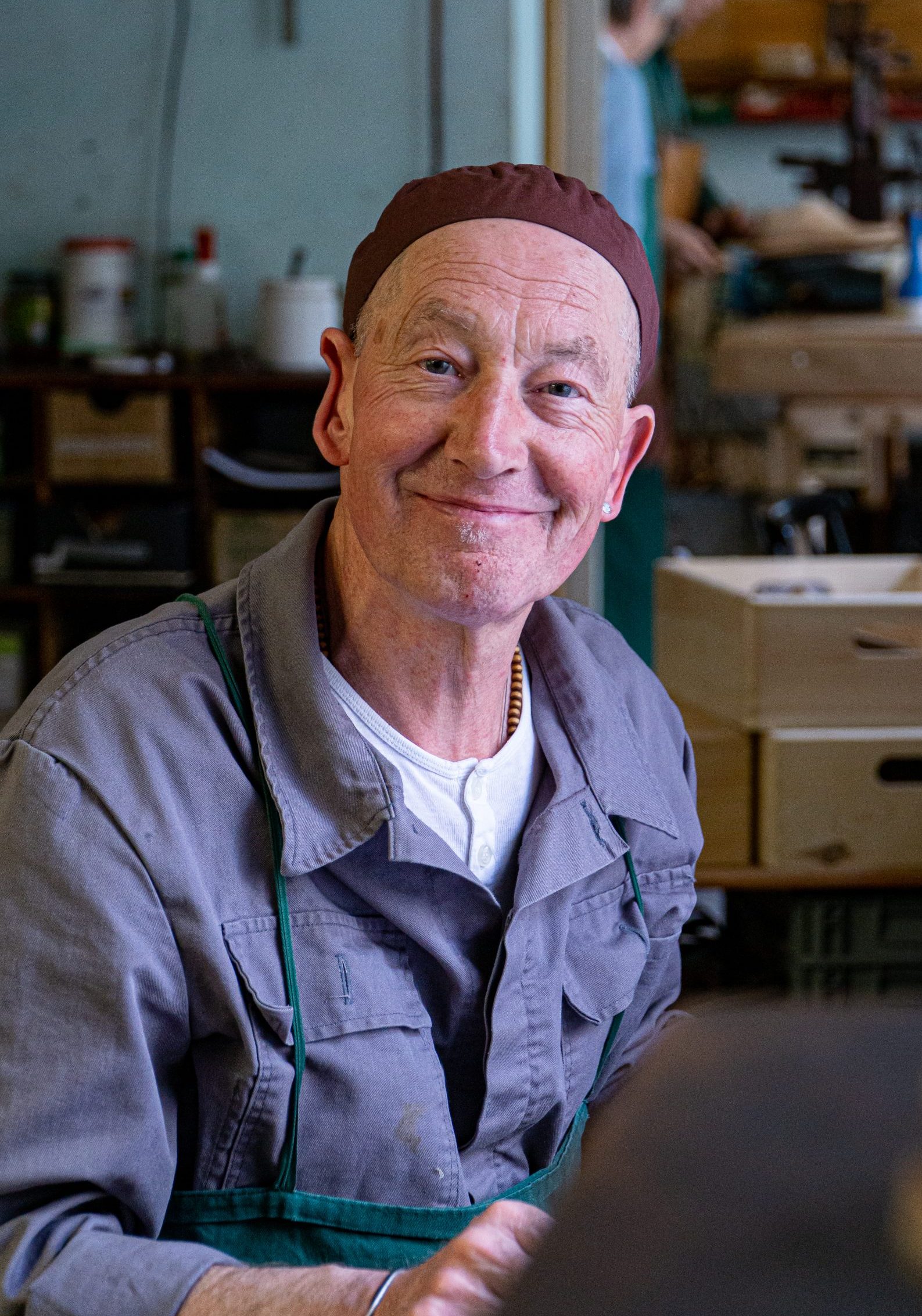
“I only wore them on Sundays in the beginning. But after a while I saw that the sandals were quite sturdy altogether.”
Assies visits the White Store and Andreas Thilo several times over the next few years, and he brings friends to whom he is keen to show the store. One day he stands in front of a closed door, Thilo has moved with his tools, machines and the whole shop. He asks some neighbors, walks all the way to the new address.
He earns his high school graduation, attends an anthroposophic youth seminar, geared to finding a profession, in Stuttgart, then follows a one-year intermezzo at the art school in Freiburg-Munzingen, specializing in sculpture. The school turns out not so interesting after all. But all the same: Assies has arrived in Freiburg.
He enrolls at the university, but then makes a completely different decision. He chooses the sandals. He learns from Andreas Thilo and others, and he is skillful. In teaching, too: From time to time he teaches sandal-making classes in schools, until today regularly in the Freiburg Waldorf School.
“How much can you leave out, what is essential to make a thing really good?” For Norihiko Tsukinowa, an economist with a degree from Kyoto University, educated in his home country Japan at the College of Orthopedic Shoemakers in Kobe, graduate of the dual training program for orthopedic shoemakers in Muenster, Westphalia, these are vital questions.
In 2016, he starts working as an employed orthopedic shoemaker near the Swiss border, advising his customers, making individually molded insoles for shoes. And looks around intently. Visits tanneries. Is a regular guest at bespoke shoemaker meetings.
He shares ideas with bespoke shoemakers, located all over Germany. Dabbles in other leatherwork and saddlery such as bags and belts. And considers to work independently, maybe with his own store.
Norihiko Tsukinowa visits the Sandal Workshop, it is 2019. He had already heard about the workshop a few years earlier, and now he meets Andreas Thilo and Heinrich Assies. And gets to know the sandals, which he now very carefully examines.
You can’t leave anything out with these sandals, Thilo and Assies never cared about changing fashion trends. They also never spared on the quality of material to attract maybe a few more customers with a lower price.
That’ s exactly what fascinates the man from Japan. A simple concept. Excellent material. A really good product. One could even see parallels to a distinct Japanese aesthetic of simplicity. But you don’t need to: The sandals simply match the taste of Tsukinowa.
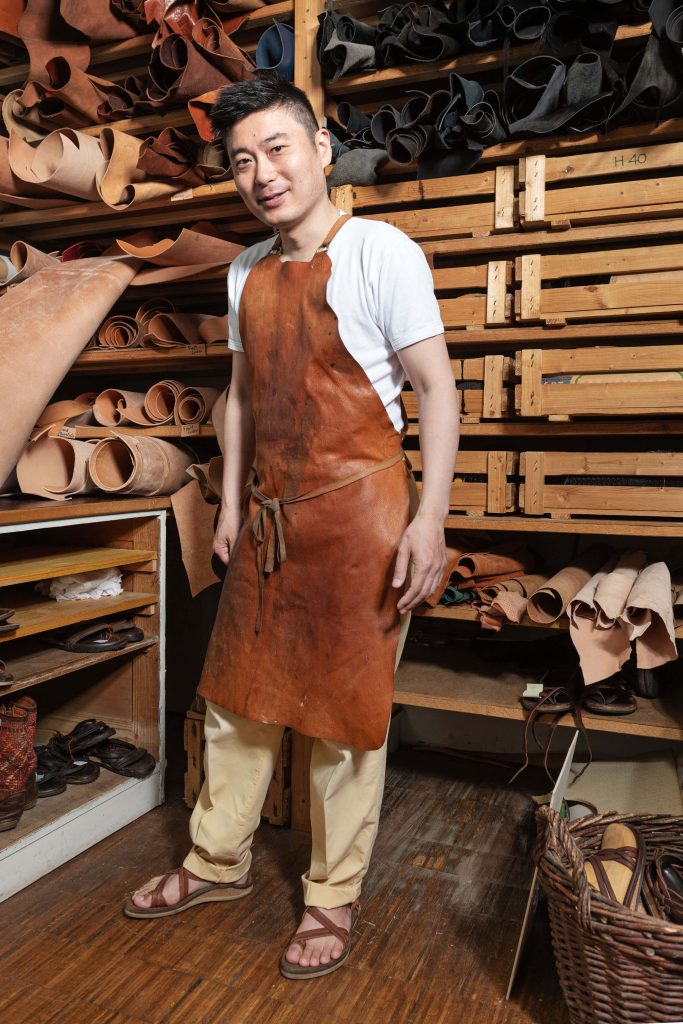
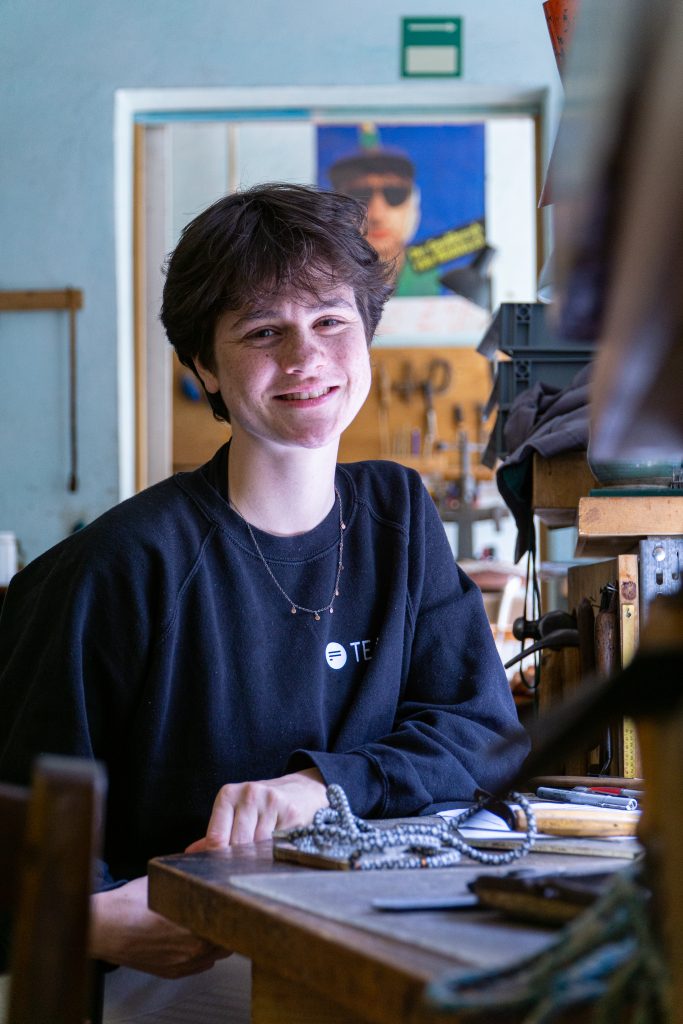
My name is Clara, and I am currently pursuing a master’s degree in media and Cultural Studies in Freiburg. Alongside my studies, I am responsible for managing the online presence of the Sandalenwerkstatt. I create content for various social media platforms, write blog articles for our website, and reach out to media outlets. I enjoy presenting traditional craftsmanship from new perspectives.
I’m Merle, and I’m pursuing my studies in Freiburg. As part of the team at Sandalenwerkstatt, I actively contribute to daily tasks like leather dyeing and material preparation. I find great satisfaction in working here, as it grants me independence and the opportunity to express my creativity through hands-on craftsmanship.
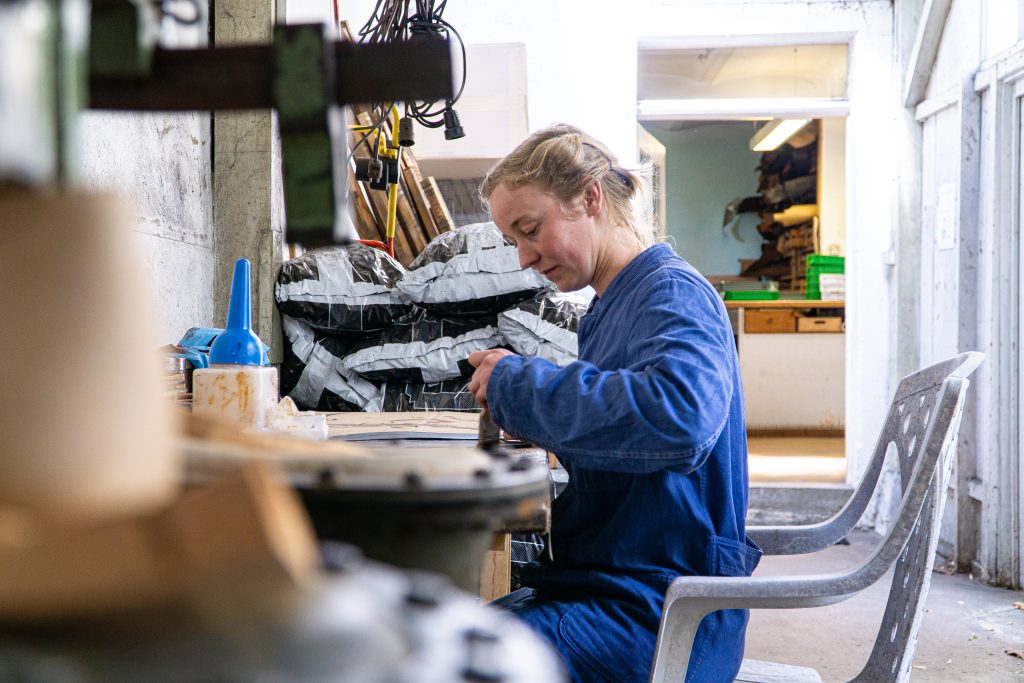
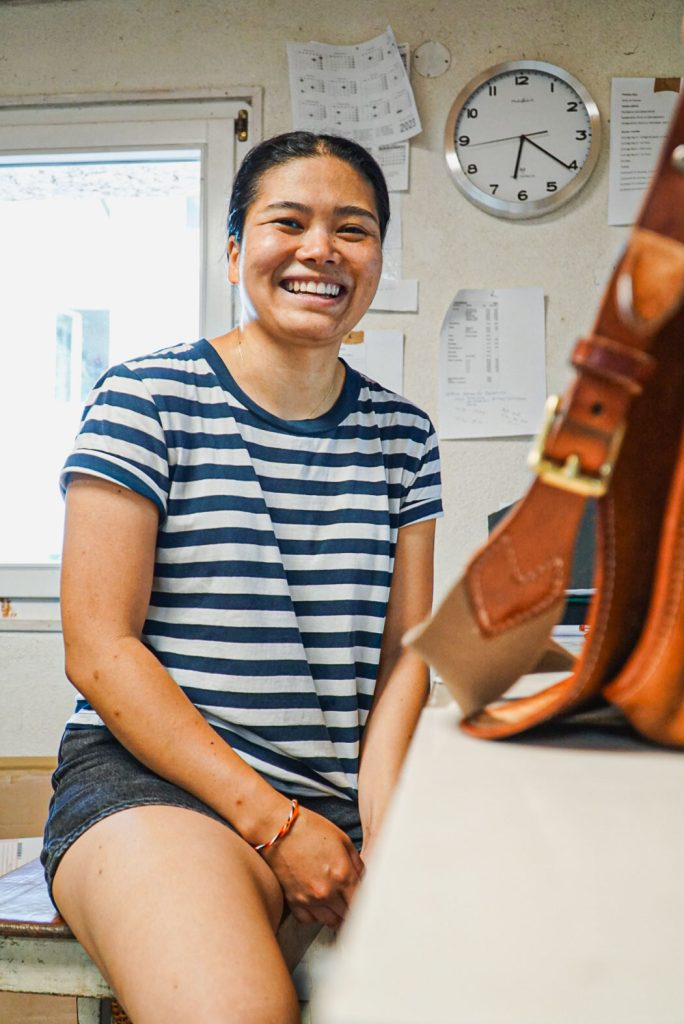
Juthamat, sociology student master “I enjoy experiencing both the processes behind the scenes in the office work, as well as getting a sneak peek into the steps of sandal construction.”
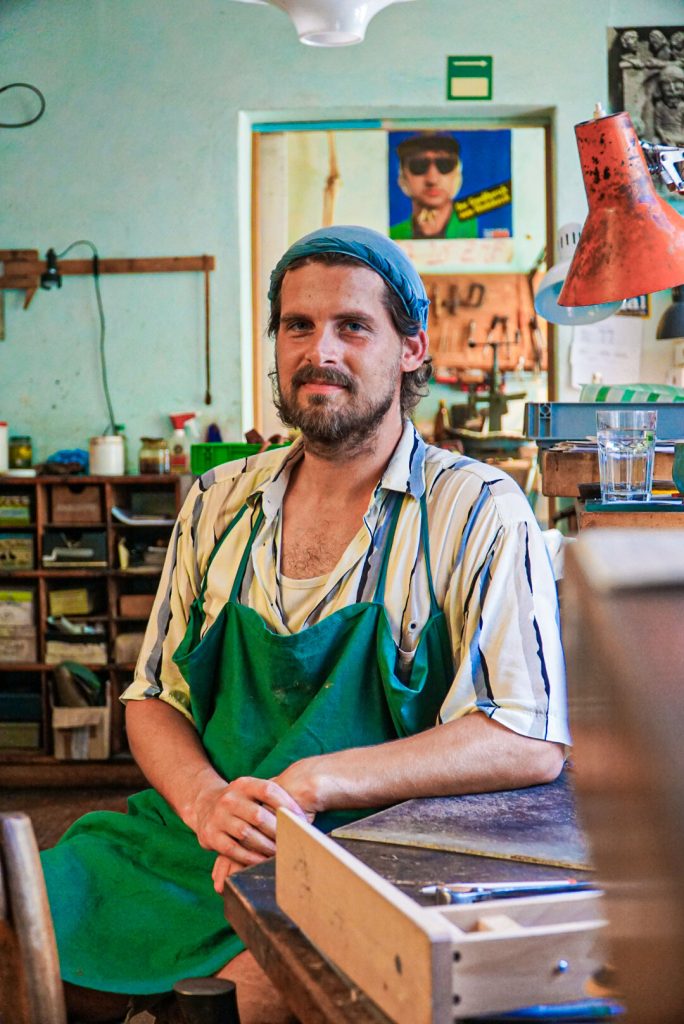
Sandalenwerkstatt
Andreas Thilo, Heinrich Assies und Norihiko Tsukinowa
Thilo, Assies und Tsukinowa GbR
Talstraße 9a
79102 Freiburg
Monday – Friday 15-18h
Other dates by arrangement
Tel: 0049-761-70 11 77
Fax: 0049-761-70 75 388
E-mail: info@sandalenwerkstatt.de